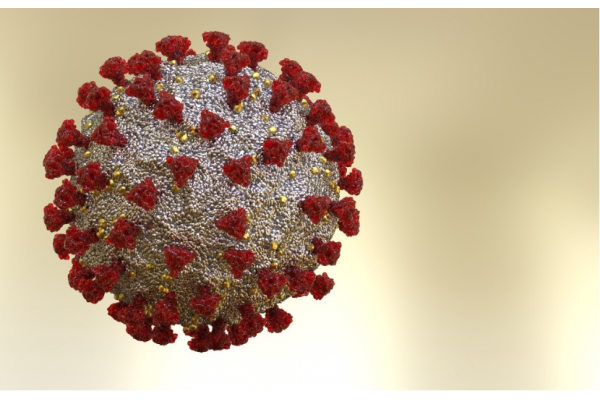The virological characteristics of XBB.1.16
April 13, 2023
Source: drugdu
 322
322
In a recent study posted to the bioRxiv* preprint server, researchers perform extensive multiscale investigations to explore virological characteristics of the severe acute respiratory syndrome coronavirus 2 (SARS-CoV-2) Omicron XBB subvariant, XBB.1.16.

Background
The SARS-CoV-2 XBB.1.16 variant is associated with a 1.27- and 1.17-fold higher effective reproductive number (Re) as compared to the XBB.1 and XBB.1.5 subvariants, respectively, thus indicating the ability of this novel Omicron variant to disseminate quickly.
As a result of this increased transmissibility, the World Health Organization (WHO) began monitoring XBB.1.16 on March 30, 2023, following its detection in several countries, including India. Earlier, the SARS-CoV-2 Omicron XBB subvariants with the F486P substitution in their spike (S) protein, which include XBB.1.5 and XBB.1.9, were widely circulating worldwide.
Study findings
The current analyses showed that as compared to its predecessor mutant strains, XBB.1.16 had two S substitutions, including E180V and T478R in the N-terminal domain (NTD) and receptor-binding domain (RBD), respectively. Furthermore, the dissociation constant (KD) of the XBB.1.16 RBD for the host receptor angiotensin-converting enzyme 2 (ACE2) was 2.4-fold higher than XBB.1.5; however, its KD values were markedly poorer than that of XBB.1, thus reflecting the binding affinities of this novel subvariant.
Pseudovirus assays showed that the infectivity of XBB.1.16 was comparable to that of XBB.1 but unlike XBB.1.5, the latter of which had higher infectivity than the parental XBB.1 mutant. Note that the S: T478R and S: E180V substitution mutations have a significant influence on the infectivity of this viral variant. Whereas the S: T478R mutation increases the infectivity of XBB.1.16, the S: E180V substitution significantly reduced its viral infectivity.
XBB.1.16 likely acquired these two S protein mutations simultaneously as a strategy to evolve. This behavior has been previously observed in other Omicron subvariants, including BA.5 and XBB.1. Indeed, XBB.1.16 follows the evolutionary path of Omicron subvariants that emerged earlier.
Regarding sensitivity to sera, neutralization assays showed that XBB.1.16 was highly resistant to sera from individuals reinfected with Omicron BA.2/BA.5, 18- and 37-fold more resistant than Omicron B.1.1/B.1.1. However, the sensitivity of this variant to convalescent sera of hamsters infected with XBB.1 was similar to XBB.1/XBB.1.5 mutants.
XBB.1.16 was highly resistant to all six clinically available monoclonal antibodies for SARS-CoV-2. Only sotrovimab exhibited antiviral activity against XBB.1.16; however, this effect was weak. Lastly, antigenic cartography showed that XBB.1.16 had antigenicity close to XBB.1; however, this characteristic differed considerably from that associated with XBB.1.5.
Conclusions
Overall, the current extensive exploratory analyses uncovered that the SARS-CoV-2 Omicron XBB.1.16 subvariant has immense potential to disseminate and infect people worldwide to a greater extent than XBB.1 and XBB.1.5 subvariants. Furthermore, XBB.1.16 exhibits a higher immune-evasion potential that is similar to that of XBB.1 and XBB.1.5.
The authors reasoned that XBB.1.16 enjoyed a higher fitness and growth advantage due to different antigenicity than XBB.1.5. Moreover, mutations in the non-S SARS-CoV-2 proteins also potentially contributed to its higher fitness.
Reference:
https://www.news-medical.net/news/20230412/The-virological-characteristics-of-XBB116.aspx
By editor
Read more on
- 20-Valent Pneumococcal Vaccine Approved for Clinical Trials January 20, 2026
- ADC205 Tablets Received Approval for Drug Clinical Trial January 20, 2026
- Sifang Optoelectronics makes strategic investment in Changhe Biotechnology January 20, 2026
- Mingde Bio plans to acquire a 51% stake in Hunan Lanyi through capital increase and acquisition January 20, 2026
- accelerating the transition of CLL treatment into a “chemotherapy-free era”. January 20, 2026
your submission has already been received.
OK
Subscribe
Please enter a valid Email address!
Submit
The most relevant industry news & insight will be sent to you every two weeks.



